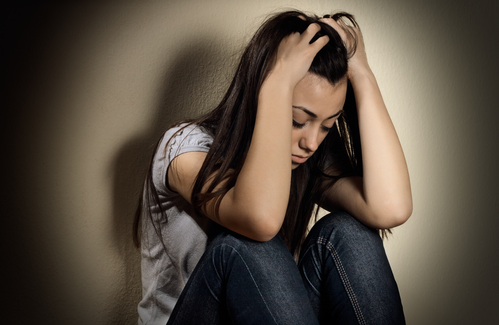Based on my work over the decades, I find that the conclusions of this recent study from the American Psychological Association are right on target: “Given the prevalence of childhood psychological abuse and the severity of harm to young victims, it should be at the forefront of mental health.”
In fact, in my view there are many forms of psychological abuse that parents subject their children to. Some are more visible than others. Among them are:
- Indifference
- Humiliation
- Denigration
- Neglect
- Unrelenting pressure to serve parental expectation.
There are more. And all damage the child’s sense of him/herself, as well as the subsequent adult that emerges. Psychological abuse has a very long tail. Moreover, it also creates greater tendency towards physical illness, as well, in adulthood, according to this UCLA study.
The report from the APA find that “Children who are emotionally abused and neglected face similar and sometimes worse mental health problems as children who are physically or sexually abused, yet psychological abuse is rarely addressed in prevention programs or in treating victims.”
From the report:
Researchers used the National Child Traumatic Stress Network Core Data Set to analyze data from 5,616 youths with lifetime histories of one or more of three types of abuse: psychological maltreatment (emotional abuse or emotional neglect), physical abuse and sexual abuse. The majority (62 percent) had a history of psychological maltreatment, and nearly a quarter (24 percent) of all the cases were exclusively psychological maltreatment, which the study defined as caregiver-inflicted bullying, terrorizing, coercive control, severe insults, debasement, threats, overwhelming demands, shunning and/or isolation.
Children who had been psychologically abused suffered from anxiety, depression, low self-esteem, symptoms of post-traumatic stress and suicidality at the same rate and, in some cases, at a greater rate than children who were physically or sexually abused. Among the three types of abuse, psychological maltreatment was most strongly associated with depression, general anxiety disorder, social anxiety disorder, attachment problems and substance abuse. Psychological maltreatment that occurred alongside physical or sexual abuse was associated with significantly more severe and far-ranging negative outcomes than when children were sexually and physically abused and not psychologically abused, the study found. Moreover, sexual and physical abuse had to occur at the same time to have the same effect as psychological abuse alone on behavioral issues at school, attachment problems and self-injurious behaviors, the research found.
“Child protective service case workers may have a harder time recognizing and substantiating emotional neglect and abuse because there are no physical wounds,” said Spinazzola. “Also, psychological abuse isn’t considered a serious social taboo like physical and sexual child abuse. We need public awareness initiatives to help people understand just how harmful psychological maltreatment is for children and adolescents.”
Nearly 3 million U.S. children experience some form of maltreatment annually, predominantly by a parent, family member or other adult caregiver, according to the U.S. Children’s Bureau. The American Academy of Pediatrics in 2012 identified psychological maltreatment as “the most challenging and prevalent form of child abuse and neglect.”
For the current study, the sample was 42 percent boys and was 38 percent white; 21 percent African-American; 30 percent Hispanic; 7 percent other; and 4 percent unknown. The data were collected between 2004 and 2010 with the average age of the children at the beginning of the collection between 10 and 12 years. Clinicians interviewed the children, who also answered questionnaires to determine behavioral health symptoms and the traumatic events they had experienced. In addition, caregivers responded to a questionnaire with 113 items pertaining to the child’s behavior. Various sources, including clinicians’ reports, provided each child’s trauma history involving psychological maltreatment, physical abuse or sexual abuse.

